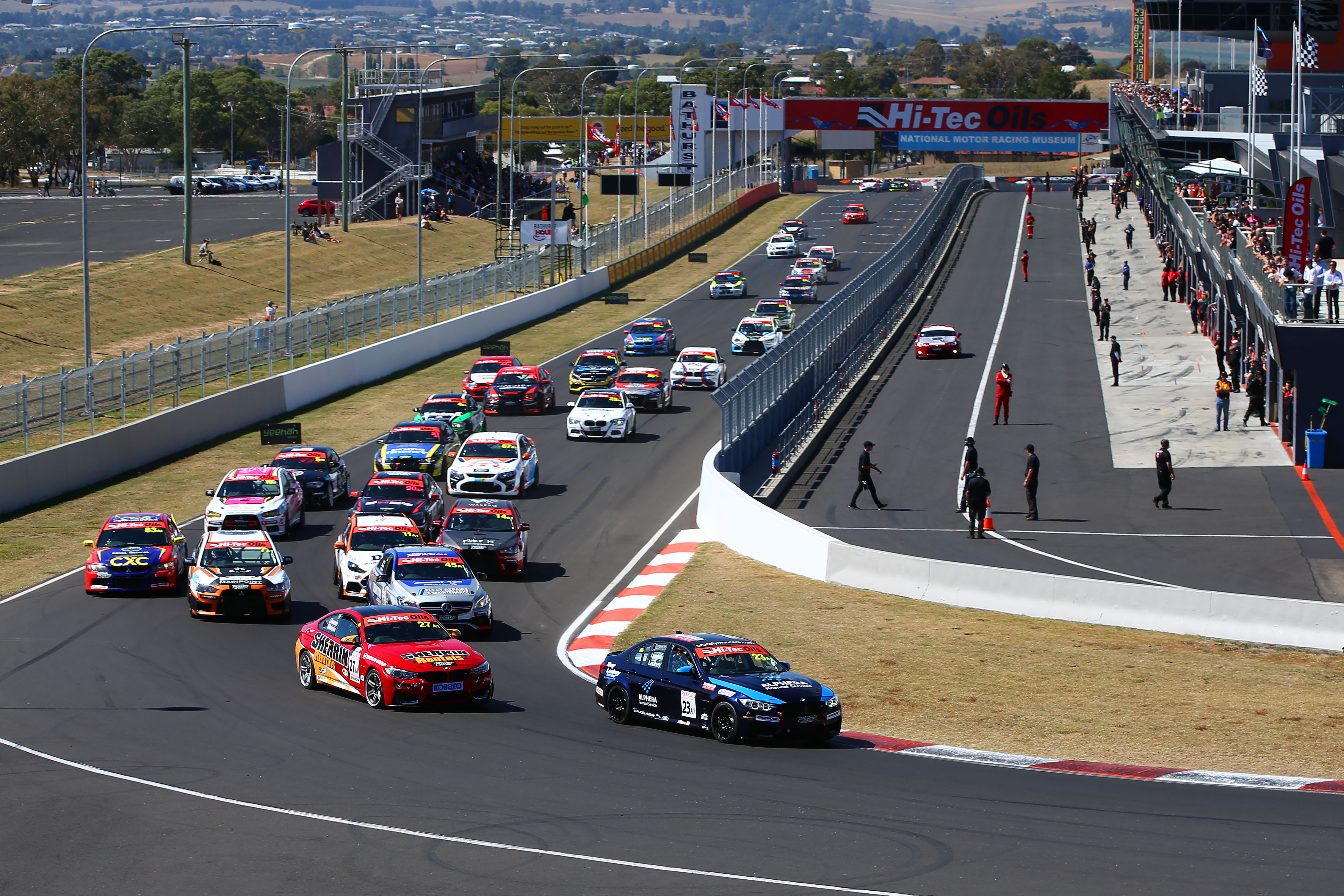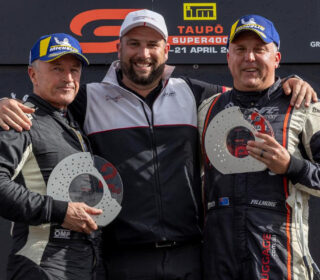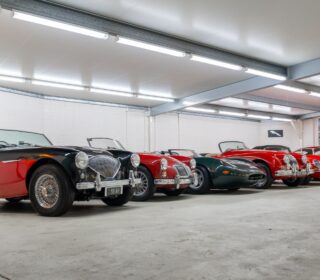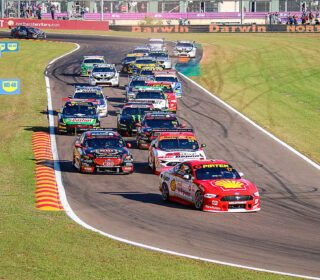AN ARGUMENT FOR THE BATHURST SIX HOUR

THE Hi-Tec Oils Bathurst six hour is the antithesis of what most people expect a Bathurst enduro to be in two thousand and eighteen.
February’s Liqui-Moly Bathurst 12 Hour is now an around-the-clock sprint for cars of varying makes and classes, but all closely matched thanks to the unique Balance of Performance system GT3 and GT4 racing features these days.
October’s Supercheap Auto Bathurst 1000 has been a flat out sprint for years, battled out between cars that are designed and built from the outset to be nearly identical in performance.
The six hour has none of those things and remains a race decided by the old school endurance racing attributes of conservation, economy, reliability and arming yourself with the sharpest tool in the shed. These attributes alone give it a unique character that allows it to stand alone in the marketplace and become a truly unique part of the Mountain’s racing schedule.
February is for the expensive cars and the international stars. October is the local heroes and the traditional rivalries on which the sport is based
Easter is where you can buy a $2000 Hyundai and potentially stand on the Bathurst podium.
That’s not a joke, either.
Racing fans will often try to link what occurs on the tracks these days to the past, but if there is a true link to the heritage of the Bathurst 1000 then it is the six hour.
It’s the last bastion of racing in this country where a privateer can build a car in their own garage and complete head on with bigger, better funded teams with more resources, better drivers and more cash and yet still have something of a chance at winning.. or at least shooting for a win in their class.
Take the Mercedes A45 AMG for example.
I could go and buy one tomorrow to turn into a racing car which would conceivably give me a chance of beating Garth Walden Racing in their similar cars. And if I did it right and got the right drivers to do the job then conceivably I could knock them off.
Think of it like Bob Morris and his little crew of Breville-sponsored racers knocking off the might of the Holden Dealer Team and their Marlboro millions in the 1979 Australian Touring Car Championship.
It might not happen often, but it could happen.
The six hour has another odd concept in that it is a race where if you have a performance advantage you will have the best chance of winning.. and when you think about it, that’s something of a foreign idea these days.
In Supercars or GT3 the rules actively conspire to peg back those with an advantage to give everyone a chance, while in the six hour it’s all about finding the next best car to do the job before someone else catches on.
The Mitsubishi Lancer Evolution dominated the sport for some time but now it’s the turn of the BMWs to do the same.
But if tomorrow someone goes and gets an Alfa Romeo Giulia Quadrifoglio and works out that it’s a better mousetrap than the BMW M4, then I’d lay odds that they would become just as numerous.
Yes, there are measures to ensure the cars in each class are more or less able to compete with each other and there are contingency plans in place should one turn out to be dramatically more competitive than the other. Modern racing dictates that you have to at least give people a chance to compete for a win.
But there’s no way it could be considered a parity formula.
This creates the kind of racing we had on the Easter long weekend, where the BMWs were clearly faster but had to stop more often and used their tyres harder.
The lighter, more nimble Mercedes-AMGs used less fuel and less tyre and therefore could complete the race on one less pit stop – though in race trim they were somewhere between one and two seconds per lap slower.
The Chaz Mostert / Nathan Morcom Focus was one-point-five seconds quicker than anything else across the top yet qualified three seconds slower than the car on pole.
It creates compelling racing and at a Horsepower track like Bathurst gives them a fighting chance if and when it comes down to an arm wrestle at the end.
Which, of course given this is Bathurst we’re taking about, it did.
And if this sounds familiar, get your history books out and look at the 1972 and 1973 Bathurst enduros and see if you can find a point of commonality.
In a modern context the winning BMW M4 was a Falcon GT and the second-placed Mercedes was an XU-1 Torana.
It is unlikely the six hour will ever be as big as the Twelve, let alone the October behemoth. But it’s continued growth gives us a modern interpretation of how the sport once was, as well as a truly open way for others to compete in a Bathurst enduro that otherwise might not get the chance in their life.
That alone makes it a worthy addition to the cannon of Bathurst enduros.
That it produces finishes like we saw on Easter Sunday 2018 is merely a bonus..
WORDS: RICHARD CRAILL
IMAGES: NATHAN WONG / BATHURST 6 HOUR














